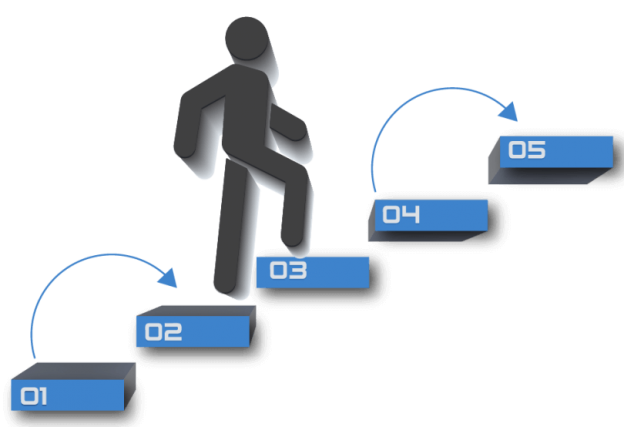The cost effectiveness of cloud hosting solutions appeals to enterprises of all kinds. Not only is the cloud cost-effective, the ease of deployment and management of the infrastructure have also contributed to its popularity. Besides, when you choose to sign up for the cloud, you can also enjoy added benefits like flexibility, high-end performance and agility. In this regard, Microsoft Azure has clearly evolved as one of the leading cloud hosting platforms and has the capability to cater to the varied needs of different businesses. It can offer solutions supported by industry-grade security, scalability and reliability.
Why is Azure a popular cloud platform for businesses?
The IaaS, PaaS and SaaS solutions from Azure have been able to offer on-demand storage, networking and processing power, and mobile application services which can enhance any enterprise’s productivity. No wonder then why Azure is the preferred choice for installing collaborative systems which run Big Data applications. Azure provides cutting edge technologies that in turn provide great value to all enterprises. The migration process is hassle-free and the hybrid capabilities have made it super convenient for clients to test this cloud infrastructure first. For those wanting to embark on this journey, a road map is desirable to ensure that migration goes smoothly.

Why do you need a migration strategy for moving to the Azure?
For small businesses, migration to a platform like Microsoft Azure is a giant leap. The businesses are aware of the advantages such a transition would bring in, namely, higher agility, productivity and lower costs. However, the migration process can be quite daunting. So, you need specific guidelines for every phase for a smooth and successful migration.
Microsoft has advised businesses to uplift to the Azure cloud through four distinct stages; these are Discover, Assess, Target and Migrate.
Discover: This involves identification of all the existing applications and workloads in the infrastructure in order to get them ready for migration. This stage may be tedious and time-consuming, but absolutely critical for successful migrations. This is because of you overlook some workloads or applications in this stage; you can face issues later on with these. So, you application inventory should ideally be complete and totally updated. For this stage, you will need to review VM Hosting networks.
– To maintain performance at the same level in the new environment, you must evaluate your existing workloads and then compare these with equivalent resources in the Azure.
– You will have to consider some basic types of Azure storage according to the data you have because buying new storage each time that you capacity gets over can be exhausting.
– Since the cloud offers instant computing resources you should consider Azure Auto scale when you plan a migration strategy.
Assess: When you have a complete understanding of the Microsoft Azure solutions and how these may fit into your strategy for migration, you should assess your own infrastructure. You may make use of some tools in this like the VM Readiness Assessment too and MAP or Microsoft Assessment and Planning toolkit. They both will allow you to review as well as document all workloads and applications that you are using at present.
Target: Once you have successfully audited the current environment, you must map out ways to get servers into the Azure platform. There are three key targets for workloads, namely, Microsoft Azure, cloud OS network and Office 365. Usually all communication and productivity related workloads are shifted to Office 365. So, emails are moved to Exchange Online while document management goes to SharePoint Online. Factors such as costs, ease of migration, speeds and functions will tell you where a certain workload will go. Companies are found to prefer migrating their non-critical VMs to the less-costly cloud resources. So, businesses want to put VMs which are not going to be adversely affected by latency problems. You must also assess whether the workloads you want to transfer run an Azure-supported OS.
Migrate: This is the final stage once all workloads have been duly audited and prepared. You may devote a lot of time to understanding the best practices for migration and study available tools as well as get ready to undergo trial-and-errors that are there in any undertaking. But, trying to migrate to the cloud smoothly without owning the right expertise can be a disaster. It is recommended that businesses migrate first with simple applications which can be easily broken down into smaller chunks. When you can test individual components easily, it is easier to move those next in line. This strategy will make sure there is least disturbance to applications and to users. Once the apps have been successfully migrated, Microsoft assures customers of a 99.9% uptime.
The above is a simplified description of the kind of sophistication that is desirable for a smooth Azure migration to take place. Businesses are advised to use the automated tools designed for helping you calculate and deploy cloud configurations.






 Live Chat
Live Chat